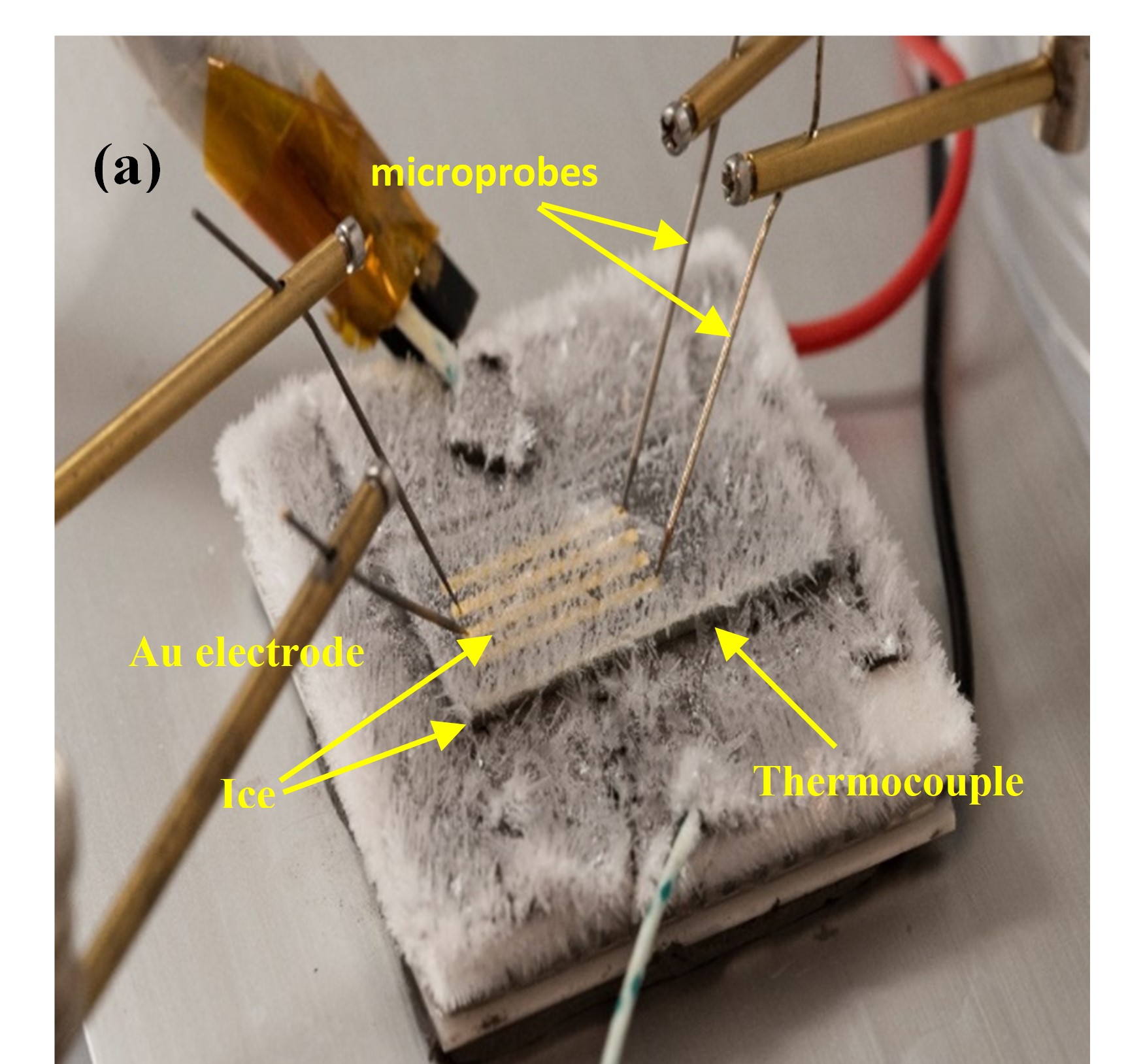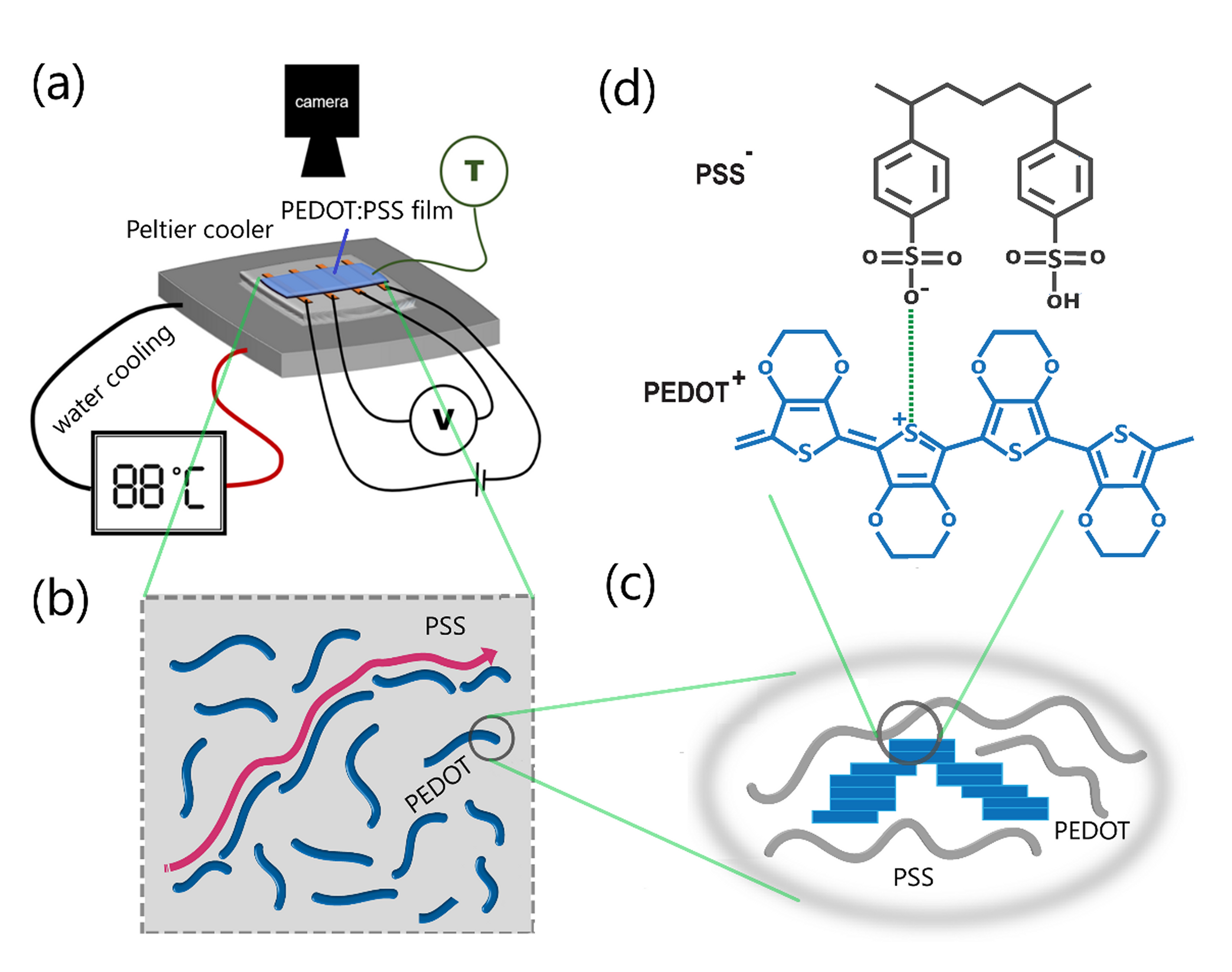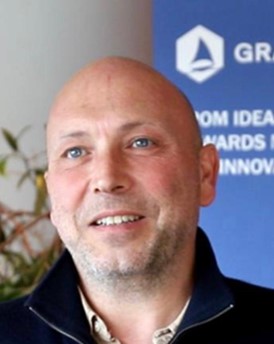Dans la même rubrique
-
Partager cette page
Device and method for detecting ice formation [Offre de technologie]
The technology in a nutshell
Detecting ice formation on a structure is an important topic since it affects the performance of wings in an aircraft or blades of a wind turbine. The aim of the invention is to propose new devices and methods for detecting the occurrence of icing conditions or ice formation and accretion.
State of the art
In the aeronautic field, for instance, counteracting ice formation is expensive in terms of power consumption and maintenance. Moreover, when not adequately detected, ice accretion could lead to catastrophic failures. Optical, capacitive or resistive sensors are well known to detect icing conditions or ice formation, and could be coupled to an ice protection system, such as electric heater elements located at positions on the structure experiencing and driven to heat the structure surface at two different temperatures.
Capacitive sensing may be problematic in metal structures and require minimum height specifications. Optical sensor may include thermochromics and hydro chromic devices to sense temperature and moisture in the freestream air, requiring LED and photodiode, which results in bulky devices and requires space to embed it.
The invention
The proposed solution is a device comprising a pair of electrodes, a sensing layer arranged in an electrical path between the pair of electrodes and means for measuring electrical characteristics of the electrical path.
The electrodes are mainly composed of graphene used for its stability in terms of electrical resistance against temperature variations and allowing more straightforward measurements that are cost-effective.
The sensing layer consists of an electrically conducting composite material, wherein the composite material has an electrical property, which shows a peak variation at an onset of ice formation. In the invention we advantageously use a PEDOT:PSS formulation showing excellent sensing properties related to water phase transition.
The device also comprises computing means for processing the electrical characteristic and thanks to a machine learning-based software is able of self-adaptation improving its predictive performance.

Fig. 1 - Ice formation on the PEDOT-based film

Fig. 2
(a) Sketch of the experimental set-up for ice detection with a peltier cooler.
(b) Sketch of the morphology of PEDOT:PSS.
(c) Percolation path of PEDOT chains that are stacked in aggregate.
(d) Chemical structure of positively electronically charged PEDOT and negatively ionically charged PSS.
Key advantage of the technology
- Improved and reliable system and method predicting icing conditions
- Small and simple device allowing an easy and reliable detection
- Self-adapting system (machine-learning based code) continuously improving its predictive performances to recognize dangerous conditions more robustly and reliably
- Detection of the freezing point by simple monitoring of electrical resistance
- Compatibility with the integration of heating elements for local deicing
- Low-cost material and compatible with simple processing techniques (such as printing for patterning sensors on large surface area like aircraft wings)
- Easily integrated on various surface geometries
Potential application
- Aeronautics : wings of aircraft & helicopter blades
- Energy : wind turbines and blades & solar panels
- Defence: radar antennas
- Wind tunnel testing
- Operational safety: helicopter pads de-icing
Technology readiness level

The technology has been successfully tested as part of an experimental campaign at the ICore cryo-wind-tunnel. ICore is capable of producing real-world ice formation conditions on airplanes wings. The actual TRL is then solidly between 3-4.
The team

He has been recently awarded the title of Space Champion of the Graphene Flagship with the role of promoting the industrial exploitation of innovative materials in Space. He is one of the experts constituting the ESA strategists group for future European Space Programmes. He has been reviewer and panelist of the European Commission for the Research Framework Programme 7, Horizon 2020, and Horizon Europe. He was the technical and scientific director of a business incubator devoted to the creation of high-tech start-ups.

He received an ERC-starting grant in 2011 from the European Research Council and was awarded different prizes for his research activities. He is also cofounder and scientific advisor of 3 start-up companies.
Relevant publications
- A heat-pulse method for detecting ice formation on surfaces, Patrice D. Dongo, Hatim Machrafi, C. Minetti, Alessandro Amato, P. Queeckers, C.S. Iorio, Thermal Science and Engineering Progress, Volume 22, 2021, 100813.
Keywords
- De-icing
- Ice detection
- Machine learning
Collaboration type
- Licence agreement
- R&D collaboration
IP status
Inventors
- Carlo Saverio IORIO,
- Patrice DONGO,
- Patrick QUEECKERS,
- Dario FARINA,
- Simone FABIANO,
- Xavier CRISPIN,
- Anna HAKANSSON
Contact
ULB Research Department
Pierre Galland
Scientific Advisor
pierre.galland@ulb.be
